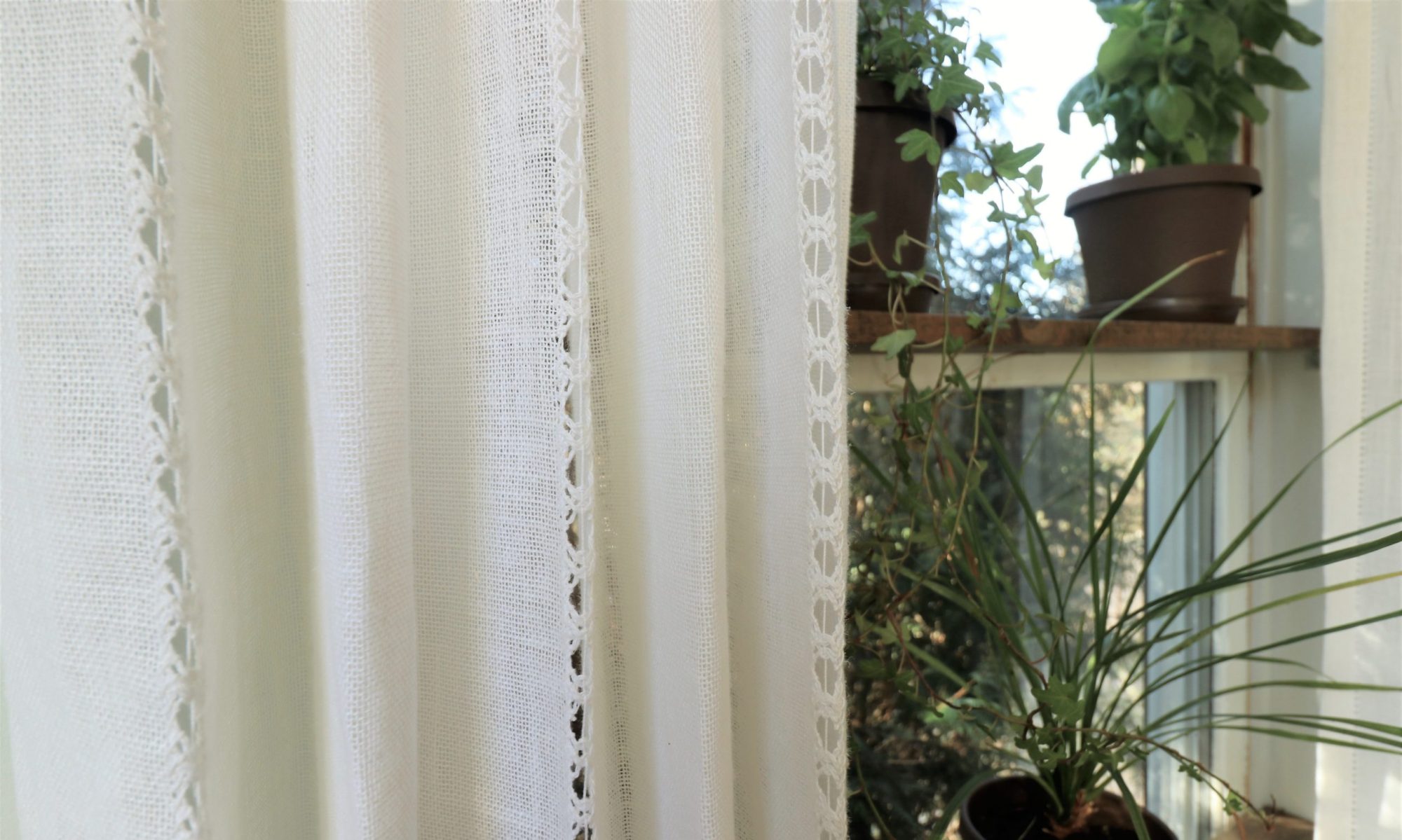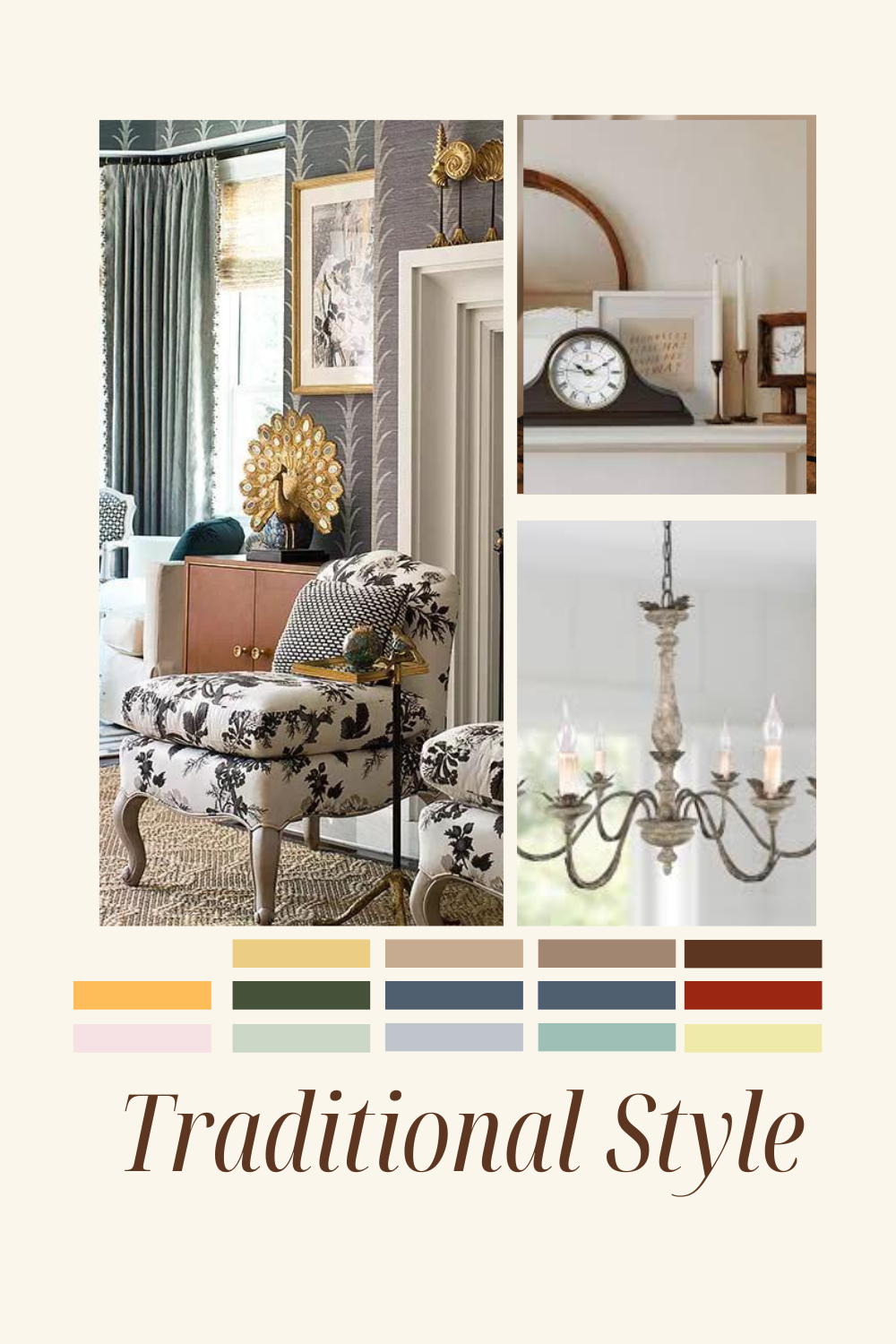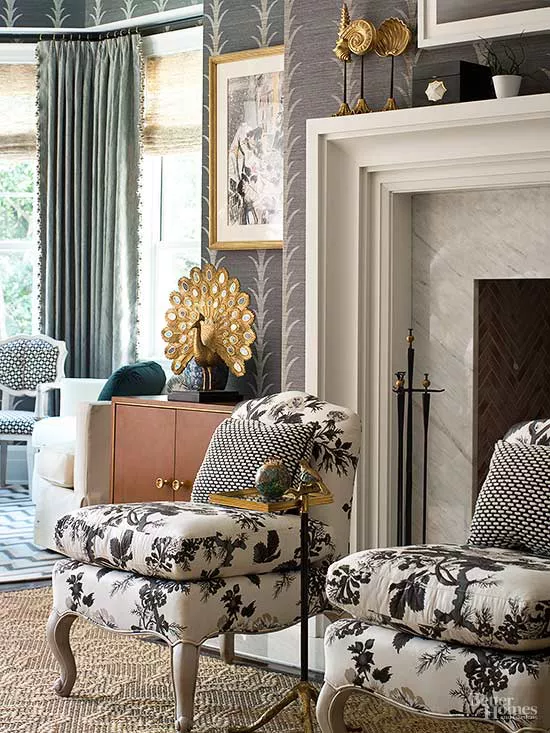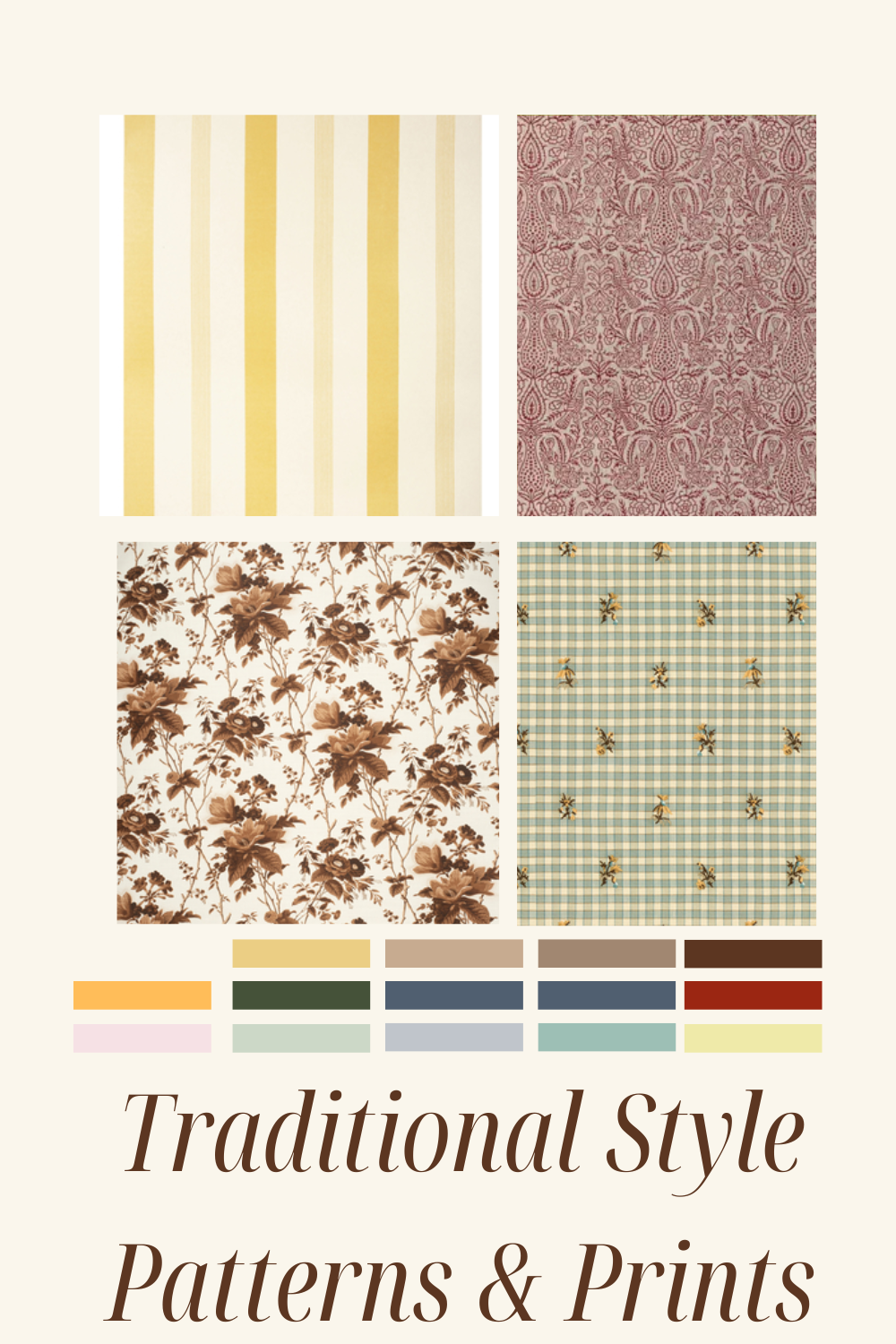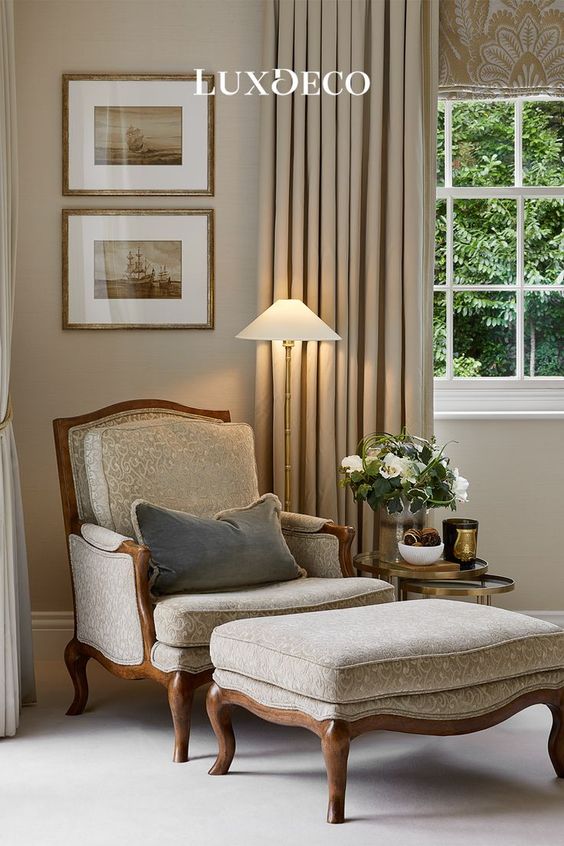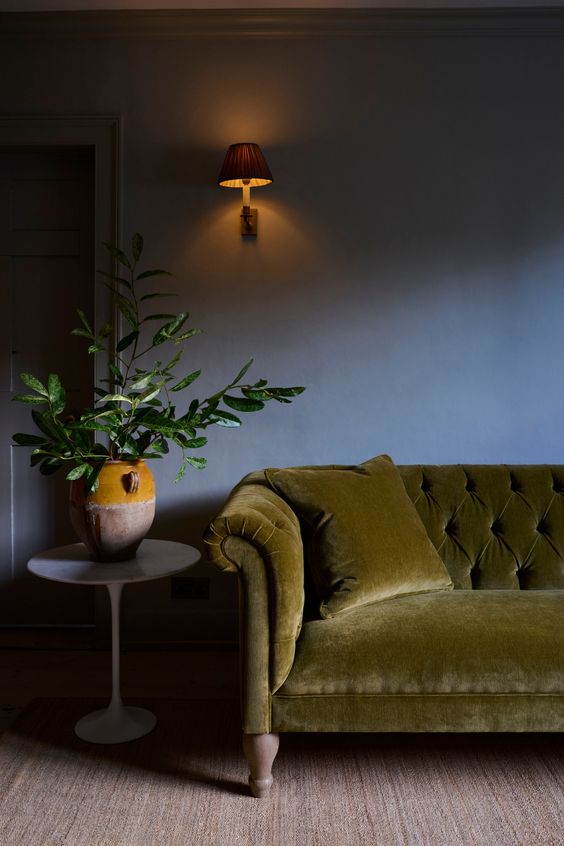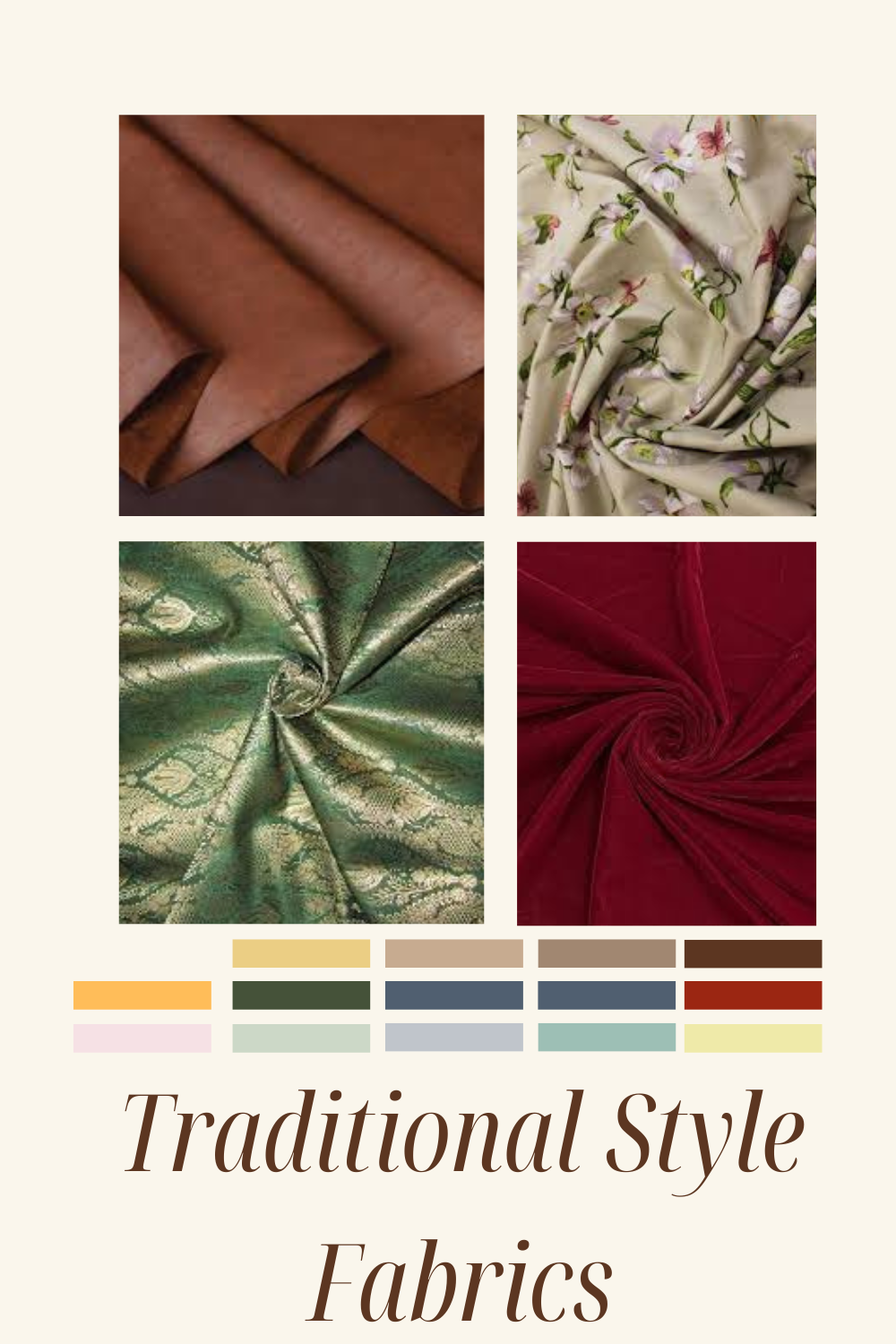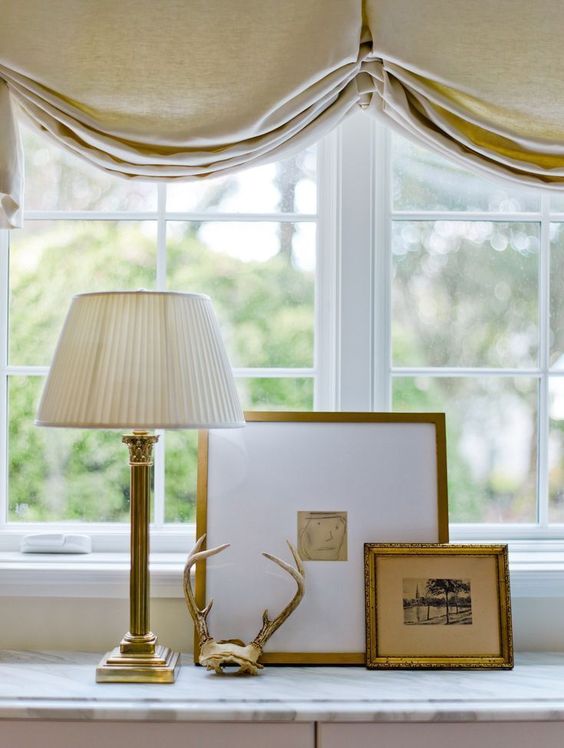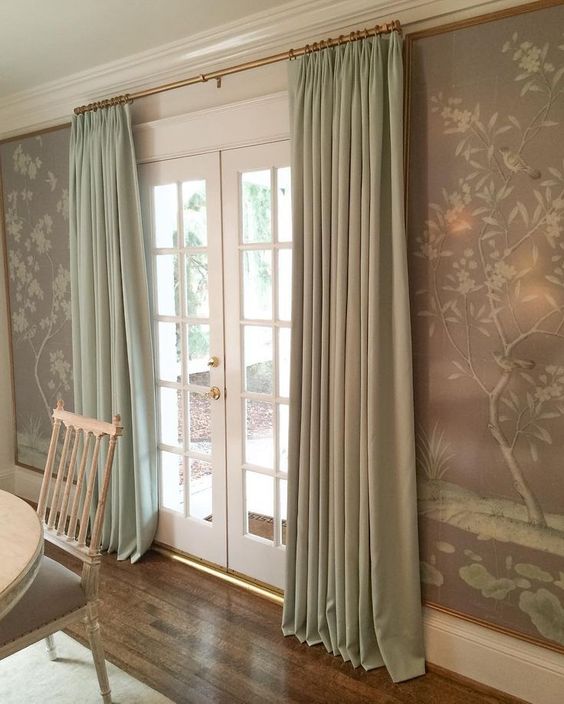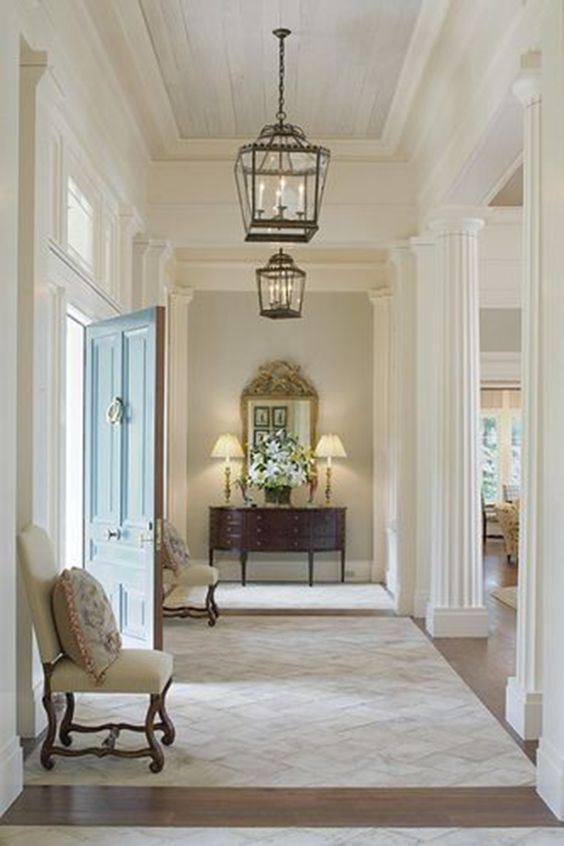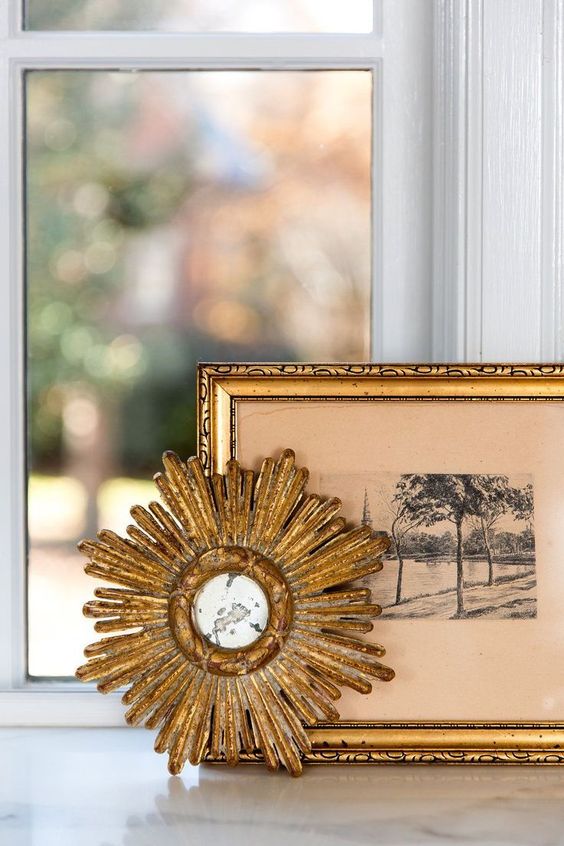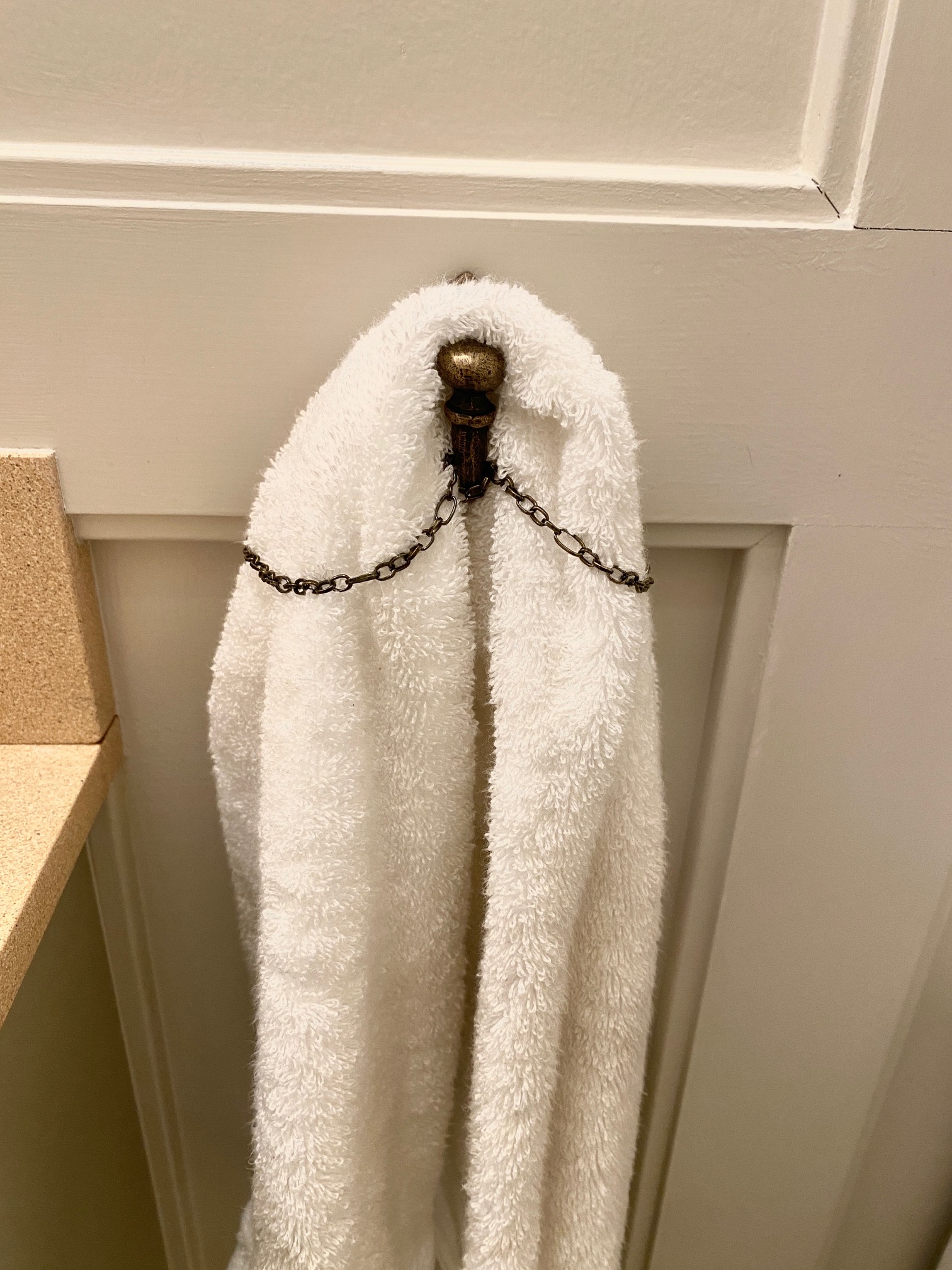
It's the little things that often cause the most frustration, isn't it? One of my pet peeves has always been the hand towel in my powder room never staying on the hook. It is one of the most used rooms in our house. No matter how carefully I hung it, it would always slide off and end up crumpled on the floor or look a mess. Not exactly the look I was going for.
I finally came up with a method that not only works but also adds a touch of charm to the room.
Here's how I solved the hand towel dilemma once and for all:
The Problem
Hand towels are essential in any powder room, providing guests with a convenient way to dry their hands. However, the problem I encountered was that the towel would rarely stay in place or it always looked messy. I wanted a solution that matched my decor style and wouldn’t look disheveled after use.
The Discovery
I had this idea. What if I could find a way to secure the towel more firmly? My design style loves detail. In my mind's eye, I saw an antique chain draped over the towel somehow securing it to the hook but I wasn’t sure how to do it. One day I saw a chain at the craft store that had the antique look I wanted so I just brought it home to see what I could come up with. I could use the chain not just as a functional solution but also as a decorative element that enhances the room's aesthetic.
The Solution
Here’s the step-by-step process of what I did:
Find the Right Chain: I chose a chain that was both sturdy and decorative. Itneeded to be strong enough to hold the towel securely but also match the decor of the powder room. I chose a chain with an antique finish.
Twist the Chain on the Hook: I twisted the chain once around the hook pulling the loop upward.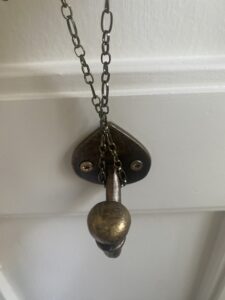
Drape the Towel: Next, drape the towel over the hook with the towel hanging evenly on each side.

Twist the Chain Again to Secure: Then, I let each side of the loop drape over each sideand twisted the end of the loop over the end of the hook as pictured. The result was a chain that hung on the hook with a droop on each side through which the towel could be fed. I could easily dry my hands on the towel and it stayed in place perfectly. The chain held the towel securely, preventing it from sliding off.
I could easily dry my hands on the towel and it stayed in place perfectly. The chain held the towel securely, preventing it from sliding off.
The Result
Not only does this method keep the towel firmly in place, but it also adds a unique and stylish touch to the powder room. The decorative chain acts as an elegant accessory, complementing the rest of the decor. It’s a simple, practical, and beautiful solution to a problem that had been a constant annoyance.
Conclusion
Sometimes, a creative solution is necessary to solve a practical issue for a design to be effective and functional. The best solutions are the ones that combine functionality with your aesthetic. By thinking outside the box and using a decorative chain, I was able to solve the hand towel dilemma in a way that’s both effective and looks beautiful too.
I encourage you to try this method if you’re dealing with the same issue. Choose a chain or even a ribbon that matches your style! It’s these small changes that makes a big difference.
